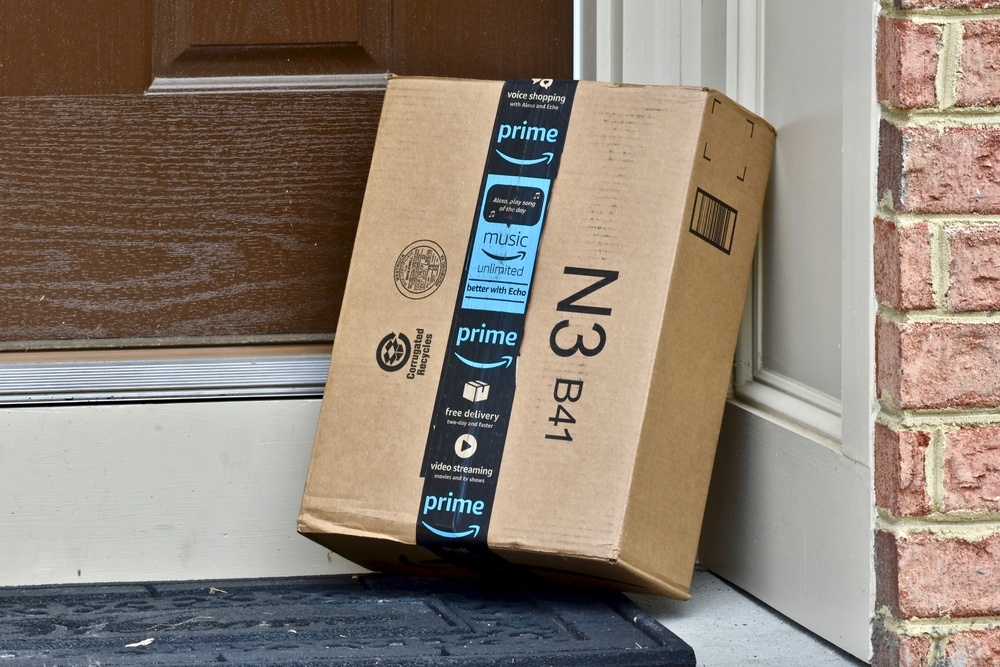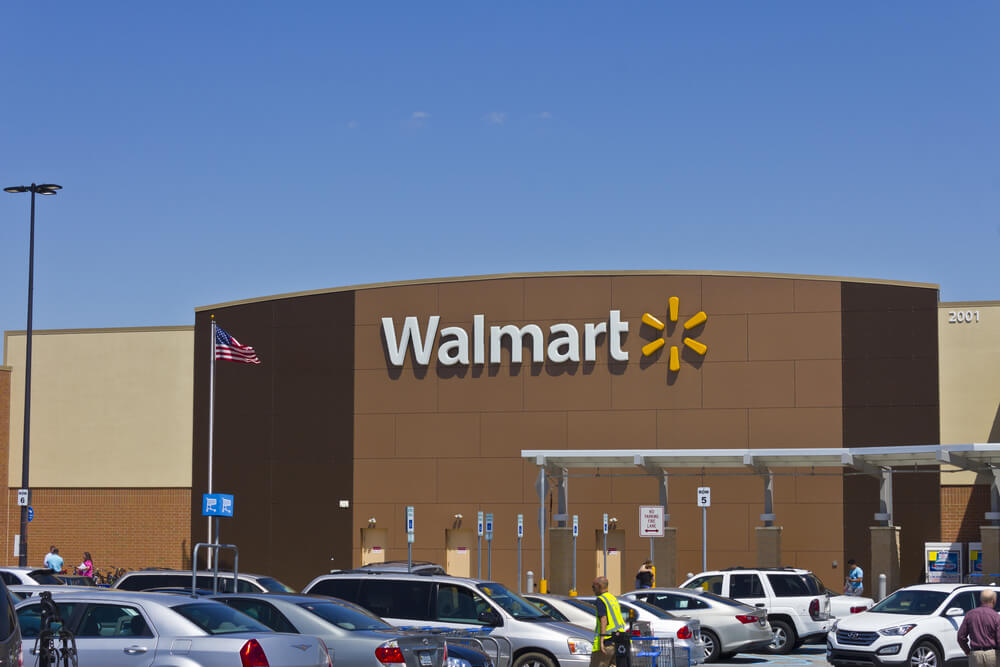Prime Problems: Amazon is Losing its 2-Day Shipping Dominance, Will It Matter?

Image: Shutterstock
By CCN.com: Amazon Prime memberships are over 100 million in the US alone. According to the third quarter revenue call, the company is aggressively expanding Prime to Canada, Mexico, and China. Amazon Prime means multiple things: faster shipping of products bought on Amazon, access to video-on-demand, and some other benefits.
The primary driver for Amazon Prime membership is free, lightning-fast shipping. In some zip codes, people can place an order online and have it fulfilled by courier hours later. The gargantuan catalog of Amazon goods plus a superior fulfillment model have driven Amazon to be the world’s richest company. Selling everything from staple goods to niche electronics, Amazon dominates across categories. It has long presented a threat to the traditional way of life for businesses such as Walmart.
But now things are changing, according to a report by Business Insider. Increasingly, other companies are developing fast-shipping models. Third-party shipping firms are cropping up to help the rest of the retail industry compete on convenience. Walmart has its massive physical footprint of physical locations to potentially leverage an even faster delivery model than Amazon.
A company called Deliverr helps people eBay, Walmart, and other marketplace sellers compete with Amazon for rapid fulfillment. A study by the Diffusion Group found that over 70% of Prime members keep their subscription due to the fast shipping. As this feature becomes less unique, will Amazon lose Prime members to companies that lack a subscription model, such as eBay and Walmart? More importantly, will this potential loss of revenue have a serious impact on the most valuable company?
Survey Says: Unlikely
Amazon’s business model has unquestionably improved the outlook for consumers. Other firms have been forced to compete or face store closure. Brick and mortar retailers posted pitiful Q4 revenues and their stock definitively suffered as a result.
The natural effect of Amazon’s superior fulfillment model is that it becomes the industry standard. Walmart is still working out the kinks in its fulfillment outfit. The Arkansas company is less motivated than others given that it does well even when the economy suffers. Its grocery and home goods departments continue to flourish in virtually every economic situation.

But if Amazon is no longer the only 2-day or even 2-hour fulfillment option, and other marketplaces grow to offer the same array of products, what effect will it actually have on the bottom line of Amazon?
It’s hard to delineate the effect a burgeoning array of options would have on actual Amazon sales. With or without Prime, Amazon strives to be the most competitive possible outlet on price. However, it’s easy to see that Prime membership is a motivator for people to choose Amazon when buying many products. Walmart and other retailers may be a simple rewards program away from slaying the king.
There’s More to Amazon Than Prime
Yet, Prime memberships in and of themselves, which are filed in the revenue report as subscription revenue, grew 35% in the 4th quarter of 2018. This is a far cry from the 3rd quarter growth of more than 50%, but still par for the Amazonian course. In total, for the 3rd quarter that numbers exist for, subscriptions accounted for just about $2 billion in revenue for Amazon. However, total net sales for Amazon during the same period topped $160 billion. Product sales still accounted for a majority of all sales, roughly $1.50 for every $1 made from services.
Amazon Web Services, on the other hand, brought in nearly $18 billion.
The conclusion, then, is that simply losing the supremacy of shipping is unlikely to be enough to shake Amazon from its retail throne. Walmart carries less than half the products that Amazon carries. If Amazon lost its Prime program entirely, it would still find itself in a competitive position as regards its long-developed fulfillment model, relationships, and selection.
Price matching and manufacturer-endorsed promotions are long-standing methods of competing when services are overly similar. There are many ways that Amazon may maintain its edge, but either way, the hype about the company losing its edge due to other companies gaining rapid fulfillment is likely overblown. Walmart has had its free 2-day shipping (no membership required) for going on two years and still trails Amazon in growth. Barring some really creative engineering from Walmart and others, this trend is likely to hold.
Investors seem to know as much, and analysts remain bullish on Amazon, predicting a doubling in the coming years.